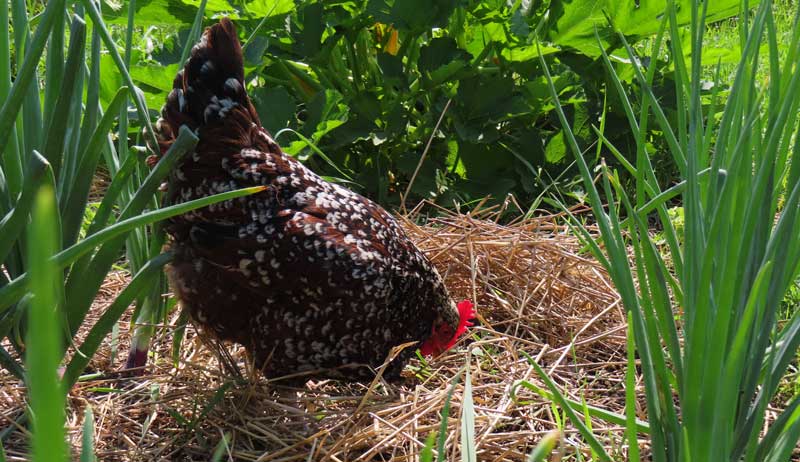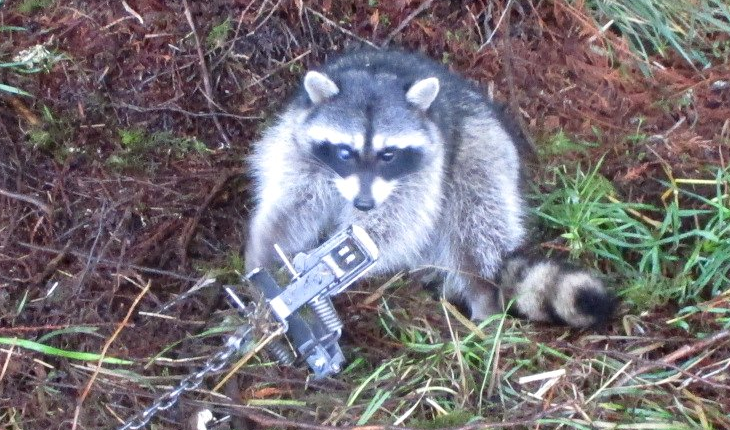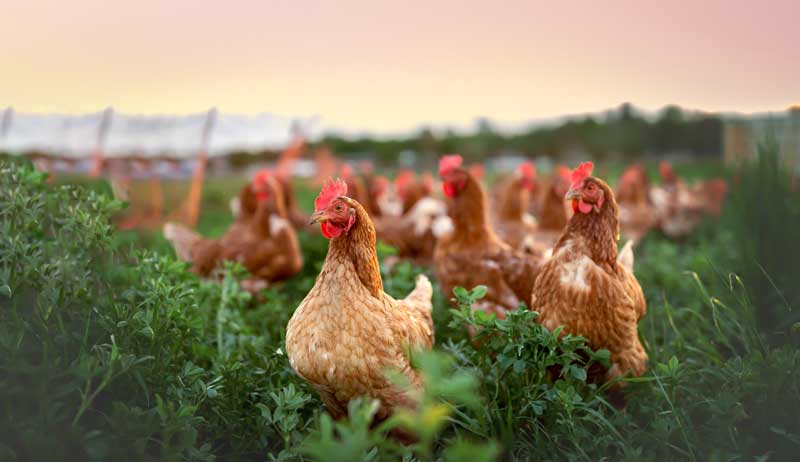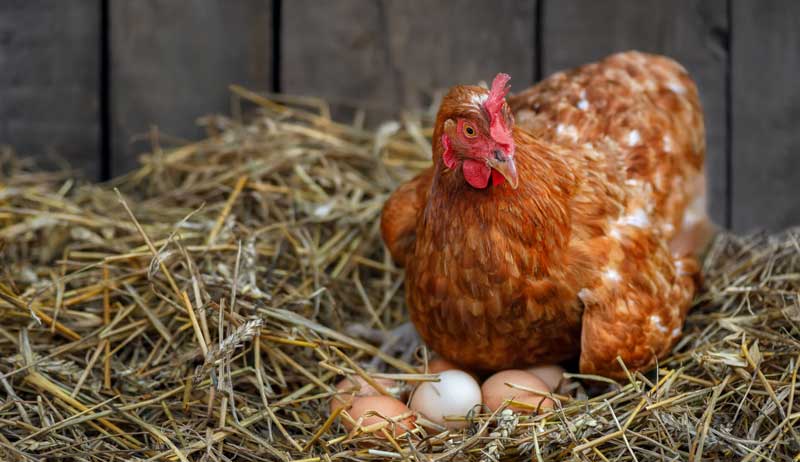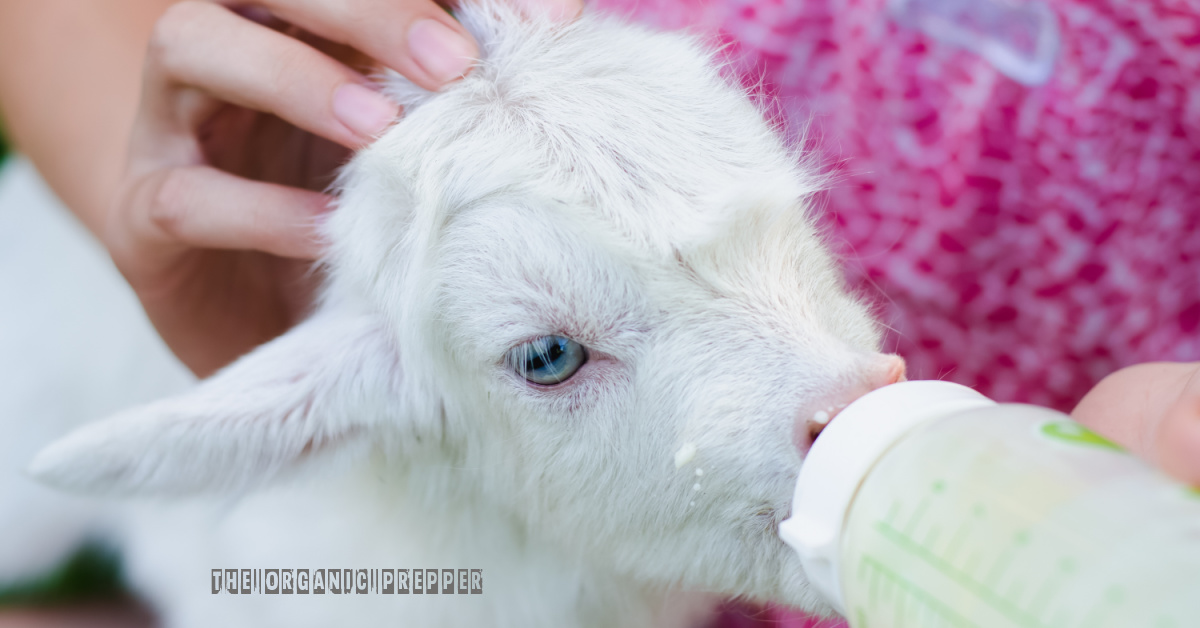Speckled Sussex chickens are gaining popularity in small backyard flocks across America. These speckled beauties are perfect for people desiring a cold- or heat-hardy chicken that excels at egg laying. With these traits, it’s easy to see why the speckled Sussex is gaining popularity.
But what else is making the speckled Sussex breed a popular choice for backyard flocks?
History
Bred in the mid-1800s in Sussex, England, the breed was initially developed as a meat bird. Before Cornish Rocks gained popularity, Sussex was the primary meat bird of England.
Even though the Sussex’s original purpose was to be a meat bird, they are not prone to the health issues often occurring with Cornish Rocks.
Color
The Sussex comes in a variety of colors: speckled, red, light, Columbian buff and white. The striking speckled—a mahogany color with each feather ending in a black bar and white speckle—is the most popular color in the U.S. With each passing molt, the speckles become more numerous.
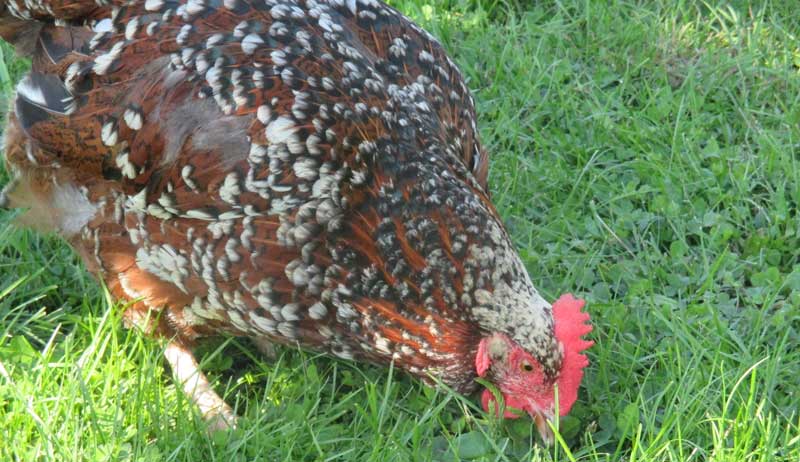
Meat & Egg Production
Sussex chickens make an excellent choice for the table. They are known to have incredibly tender meat, especially when butchered at a young age. Each chicken should average a dressed weight of 6 to 7 pounds. However, speckled Sussex are slower to mature than Cornish Rock crosses (averaging 20 weeks to reach butchering age).
This trait puts them at a disadvantage to faster-growing breeds, who reach butchering age in 9 weeks.
Speckled Sussex are excellent egg producers who will lay eggs without declining for several years. Each hen averages four to five light brown eggs per week for the first four to five years of her life.
Personality
If you are looking for a pet chicken, you don’t have to look any further than the speckled Sussex. These hens crave human interaction and will do anything to get attention. Sussex are chatty, curious, friendly, intelligent and energetic.
They love being the center of attention. They also love to be held and will carry on animated conversations with their owners.
Hens of this breed are very energetic and benefit from directly supervised free-ranging. Even so, they still tolerate confinement well if allowed to stretch their legs. If bored, they often will find ways to entertain themselves. Sussex can bully other flock members when bored, so provide lots of mental stimulation.
Providing Entertainment
The Border Collies of the chicken world, Sussex are intelligent and energetic hens who require physical and mental stimulation. Providing your hens with fun activities will keep these chickens healthy and happy.
If you have a bored Sussex, try one of the ideas below.
Fresh Straw
Putting clean straw in your coop or run will provide chickens with endless entertainment. Even when your other breeds have tired of the game, your Sussex will continue to scratch happily through the straw.
Because if there is anything a Sussex likes to do, it’s scratch.
